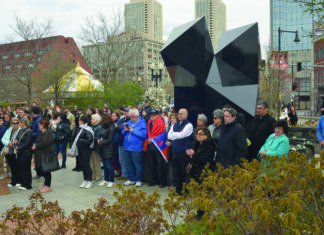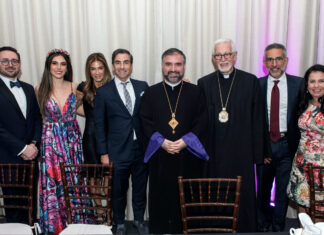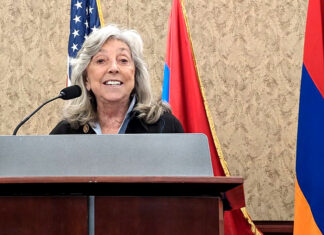LOS ANGELES — The first time Armen Aroyan took a group of Armenians to visit the villages of their ancestors was 1991. At that time, he wasn’t sure if this was a one-time visit, but it came after a few trips he had undertaken with a small group of friends.
“I recognized that visiting these places had special meaning for me. And I thought, why not help others experience the same satisfaction,” says Aroyan, now 74, whose family is from Aintab.
Armen Aroyan has deeded the approximately 400 hours of video recordings to the USC Institute of Armenian Studies to be digitized, indexed, and made available to researchers worldwide.
Aroyan, an engineer by profession, planned that first trip with seven travelers, whom he began to call pilgrims. Over the next 27 years, there were around 100 more trips and 1,480 travelers.
Each trip was recorded in meticulous detail, on videotape. Throughout the years, the quality and accessibility of video developed and Aroyan’s recordings underwent format changes. But the content remained the same: individual travelers reciting, singing, crying, telling stories, sharing bits of Armenian history, and conversing with the local population.
“Given the immense transformation within the Diaspora over the last half century, and the inevitable changes in memories and attitudes, the content of these video recordings – the expressions of emotion, of expectation, of response to loss, of reclaiming belonging – become extremely useful as primary source material for those studying evolving narratives about the Genocide, about Turkey, about the Diaspora, about the transmission of trauma, and about individual transformation,” said Salpi Ghazarian, director of the USC Institute of Armenian Studies.









